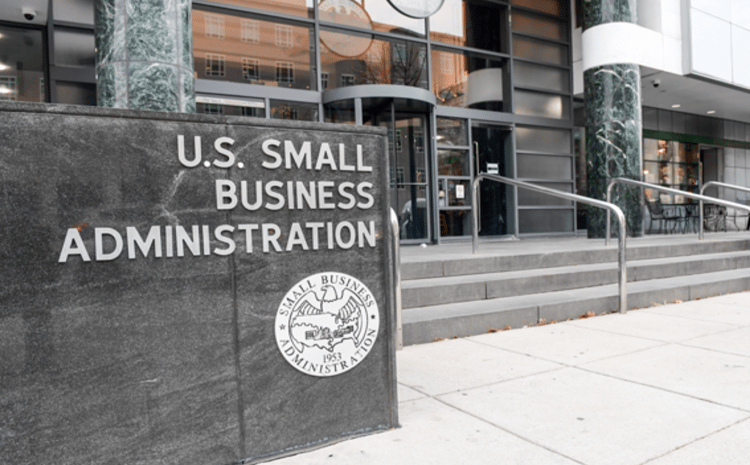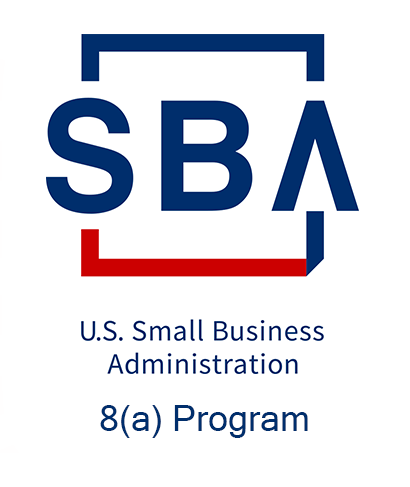SBA 8(a) Program Overview for Small Businesses
In recent years, the Small Business Administration (SBA) 8(a) program has been a lifeline for small businesses seeking federal contracts and government support. However, changes have been brought about by the recent Supreme Court decision regarding Affirmative Action. Below is an overview of these changes and what you as a small business owner can do to ensure eligibility within the 8(a) program.

Program Background and Overview
The SBA 8(a) program is a critical initiative designed to support and empower small businesses in the United States, particularly those owned by individuals from socially and economically disadvantaged backgrounds. This program is named after Section 8(a) of the Small Business Act and provides a range of resources and opportunities to help these businesses thrive.
Key features of the 8(a) program include:
- Contracting Opportunities: The program enables eligible small businesses to compete for federal contracts, including sole-source contracts, helping them gain a foothold in the competitive federal marketplace.
- Business Development: Participants in the program receive access to specialized training, technical assistance, and mentorship to enhance their business capabilities, improve competitiveness, and foster growth.
- Long-Term Support: The program offers a maximum participation term of 10 years, allowing businesses to build relationships, gain experience, and gradually transition into the broader business landscape.
- Mentor-Protégé Program: A key component involves mentor-protégé relationships, where established businesses mentor and guide 8(a) participants, helping them navigate the complexities of federal contracting.
- Graduation: Businesses "graduate" from the program when they reach certain revenue or size thresholds, but the skills and knowledge gained continue to benefit them long after graduation.
8(a) Program Changes
The 8(a) program originally qualified entrepreneurs of color as socially disadvantaged automatically; in the wake of the recent ruling, however, small business owners of color will need to provide additional information to prove race has played a role in their success. These program changes are estimated to impact 4,000 entrepreneurs of color.
While the program adjustments are ongoing, entrepreneurs are currently being asked to submit an essay highlighting their entrepreneurial experience and any social disadvantages.
The SBA is actively training staff to review the narratives and has released interim guidance in light of the court ruling. SBA Administrator Isabella Guzman and her team remain steadfast in the value of the 8(a) program and the SBA will continue the program in light of these changes.
|
Program Qualifications |
|
To qualify for the 8(a) program, businesses must meet the following eligibility criteria:
|
|

|
|
8(a) certification lasts for a maximum of nine years. The first four years are considered a development stage and the last five years are considered a transitional stage. Continuation in the program is dependent on staying in compliance with program requirements. |
Writing the Social Disadvantage Narrative
The SBA has a Knowledge Base with a guide for writing a Social Disadvantage Narrative, and you can also download their guide here. At the core, the narratives should identify the basis for the social disadvantage and descriptions of incidents where bias has taken place.
Once you’ve written your narrative, it can be uploaded at certify.sba.gov. Both new applicants and business owners seeking to maintain their certification are asked to review the guide and submit a narrative.